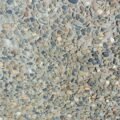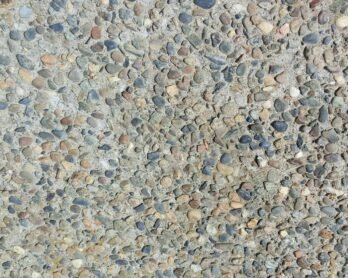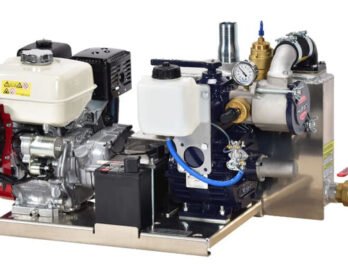Screw Pile Design: All Facts You Need To Know

Screw piles are a type of foundation that is used in marine construction. These structures are usually installed in shallow waters where it is not possible to use other types of foundations such as concrete piers, gravity walls or steel caissons. Screw piles are also known as screw anchors, helical anchors and expandable pile systems.
What is Screw Pile?
A screw pile is a type of driven pile that is driven into the ground by a screw mechanism. The pile must be pre-cast to its final length and then driven into the ground using either a rotating or reciprocating action. Screw piles are used in a variety of applications including bridge abutments, foundations for buildings, retaining walls, underground storage tanks and wells.
Cost of Screw Piles
The cost of a screw pile project depends on several factors, including the type of screw piles you choose and whether your site is rural or urban. The following is an overview of current pricing for each type of screw pile:
-
Concrete Screw Piles
The cost of concrete screw piles begins at $0.23 per pound. An average size pile will weigh about 1,000 pounds and be approximately 6 inches long (including its metal shaft). With these figures in mind, it’s easy to see how quickly these costs add up!
-
Steel Screw Piles
A steel screw pile can range from $1-$2 per pound depending on its size. The average weight for a steel screw pile ranges between 300-1,200 pounds while the length varies between 10 inches up to 48 inches (depending on how deep you need to go). Again, this can add up quickly when considering how many holes need to be drilled into the ground before installation occurs!
-
Timber Screw Piles
The price for timber screws will depend heavily upon whether you’re purchasing new or recycled material; it’s also important that you factor in any shipping charges as well as taxes related directly back to whatever documentation might’ve been issued down south somewhere else altogether now that we think about it.
Installation Process of Screw Piles
A screw pile is installed by drilling a pilot hole, which is then followed by installing the screw pile itself. The screw pile is inserted into the pilot hole and then screwed into the ground at both ends. These screws are tightened until they reach their full depth, securing them in place.

Factors that Affect the Design of Screw Piles
- The soil type and depth. The main factor that affects the design of screw piles is the soil type, which can be classified as granular, cohesive or a combination of both. The bearing capacity, strength and stiffness along with other characteristics of each soil are used to determine how much load your structure should withstand before failure occurs. For example, if you are working on shallow ground (less than 3 feet deep), then screw pile designs
- may need some modifications because there’s not enough space for them to penetrate into the ground at an optimal angle.
- The soil moisture content and temperature. You must take into consideration these two factors when designing your structure so that it can withstand any changes in weather conditions without suffering structural damage over time due to expansion or contraction caused by frost heave (when frozen water expands).
- Compressibility of soil under pressure loadings caused by foundation settlement over time due to cyclic loading such as earthquakes etcetera
Advantages of using Screw Piles
- Screw piles are less invasive.
- Screw piles can be installed in water.
- Screw piles can be installed in soft soil.
- Screw piles can be installed in hard soil.
If you think about it, this means that screw pile technology is more versatile than other methods of foundation installation and maintenance; this is an advantage we all should appreciate!
-
Screw piles have many advantages over traditional piles.
Screw piles have many advantages over traditional piles. First of all, they are more efficient than traditional piles. This means that you will be able to reduce the cost of labor as well as equipment and material costs during the installation process.
Secondly, screw pile design are more cost-effective than other forms of pile design since they use less material than other solutions available on the market today and are also easier to install without heavy machinery such as cranes or bulldozers.
Thirdly, screw piles are more environmentally friendly than normal concrete or steel structures because they do not require excavation work before installation which means no time consuming digging up materials from underground locations; saving time and money too!
Conclusion
A screw pile is a type of deep foundation used for supporting structures such as buildings, bridges and piers. It consists of a long steel tube with an internal helical thread that allows it to be screwed into the ground by rotating it in both directions. The material used to make screw piles can vary depending on the project requirements but most commonly they are made out of steel or concrete.
The screw pile design has many advantages over other types of foundations such as being faster to install, requiring less surface area and do not need any formwork during construction i.e no concrete pouring required!






